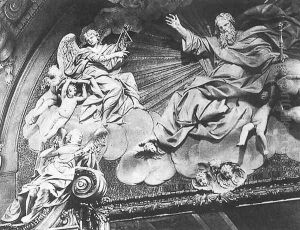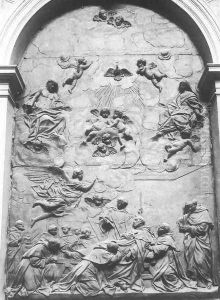Giuseppe Maria Mazza Paintings
Giuseppe Maria Mazza was an Italian sculptor of the Baroque period, born in 1653 in Bologna, Italy. His work is characteristic of the Baroque style, which is known for its dramatic use of light and shadow, its richly detailed ornamentation, and its emotional intensity. Mazza's sculptures are notable for their intricate detail, dynamic forms, and expressive figures, embodying the theatricality and grandeur of the Baroque aesthetic.
Mazza trained in Bologna, a city with a rich artistic heritage that was home to many prominent artists and sculptors of the time. He was deeply influenced by the works of Gian Lorenzo Bernini, the leading sculptor of his age, whose dynamic compositions and virtuoso technique left a lasting impact on Mazza's own approach to sculpture. Despite the strong influence of Bernini, Mazza developed his distinctive style, characterized by a softer, more graceful approach to the Baroque ideals.
Throughout his career, Mazza received numerous commissions from churches, institutions, and private patrons in Bologna and beyond. His works include altarpieces, funerary monuments, and statues, as well as smaller devotional objects. One of his most famous works is the sculptural decoration of the Chapel of the Rosary in the Basilica of San Domenico in Bologna, which showcases his skill in creating complex narrative scenes filled with emotion and movement.
Mazza's contributions to the art of sculpture were significant in the context of the Baroque movement in Italy. He played a crucial role in the continuation and development of the Baroque tradition in Bologna, influencing subsequent generations of sculptors. Despite being less well-known today than some of his contemporaries, Mazza's work remains an important part of the study of Baroque art and sculpture.
Giuseppe Maria Mazza passed away in 1741 in Bologna, leaving behind a legacy of artistic accomplishments that continue to be admired for their beauty and expressive power. His work reflects the transition within Baroque sculpture from the high drama and intensity of the early Baroque to a more refined and graceful approach, embodying the complexity and richness of the period.

